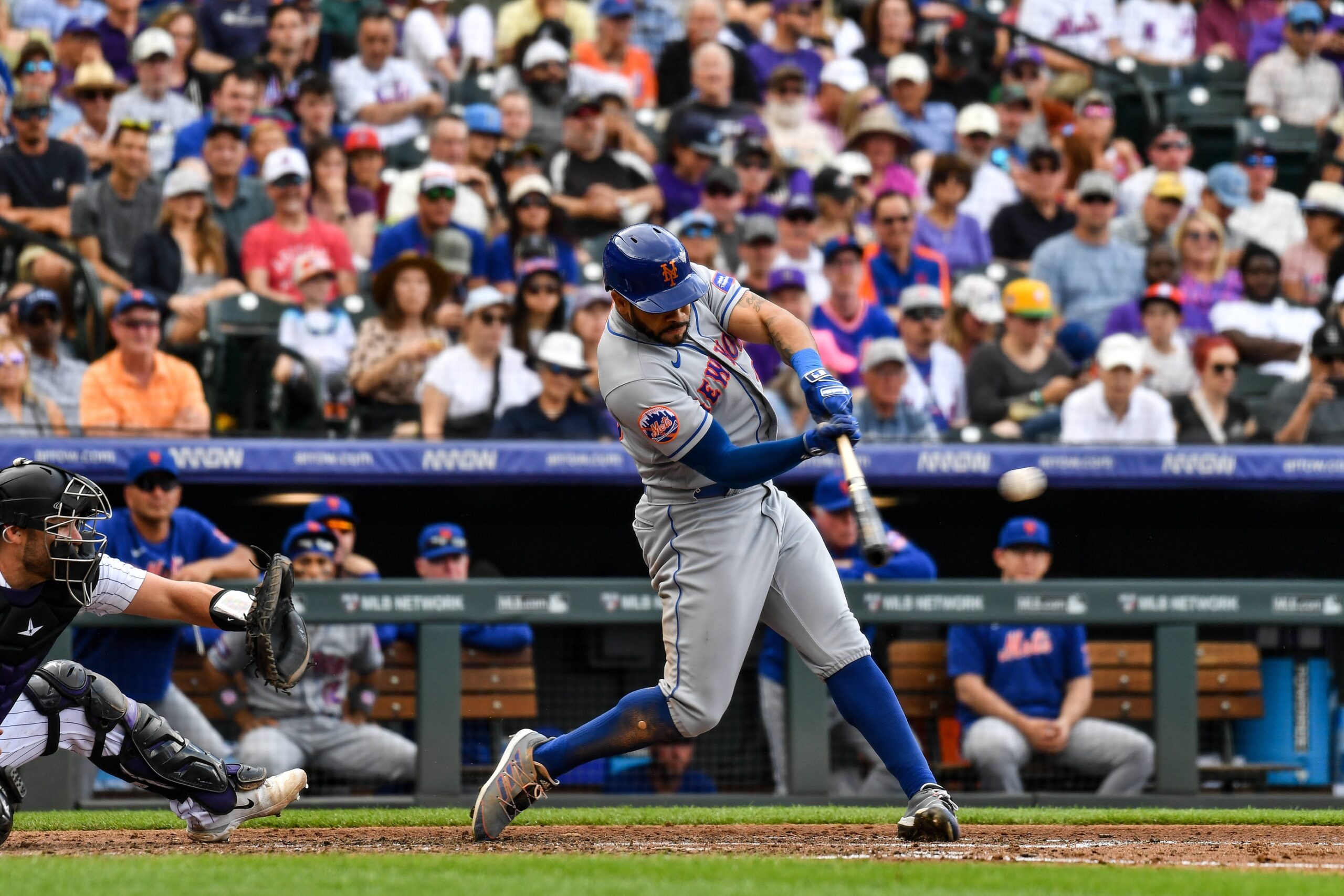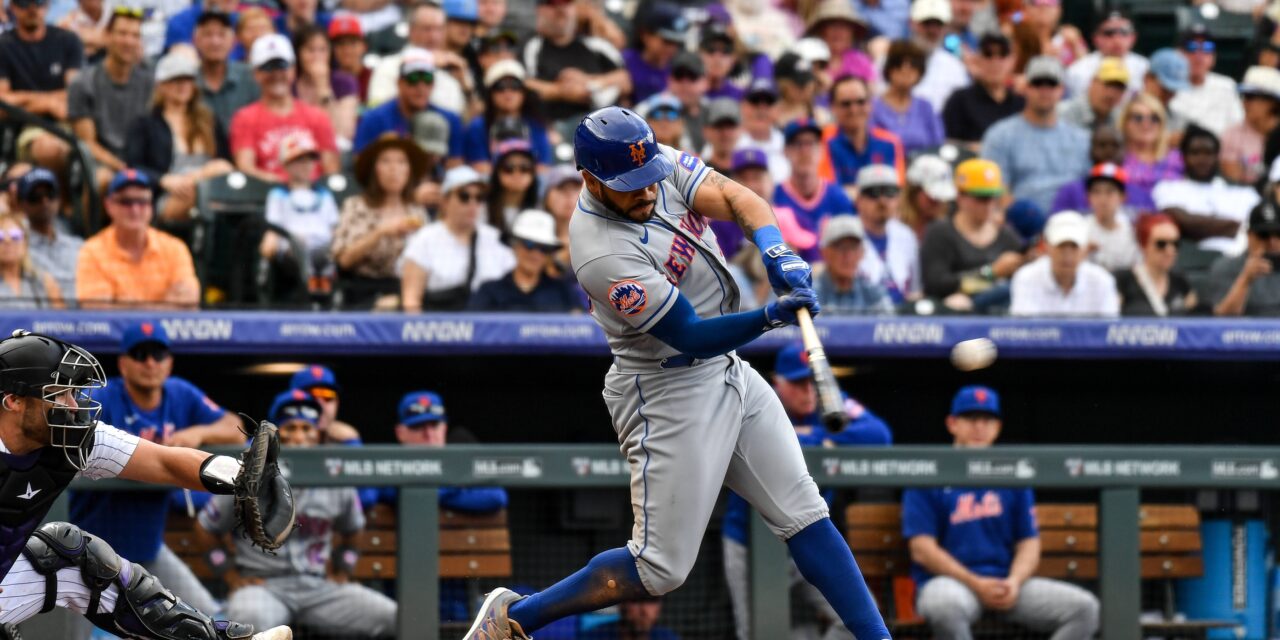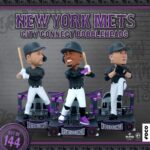It’s a position nobody in baseball thought the Mets would find themselves in: wondering if they will be buyers or sellers come the August 1 trade deadline. While the season has not gone according to plan, there have been moments and streaks of hope. The key word is streaks. Never getting into a groove, the ballclub has either been momentarily hot (it’s been a while) or ice cold, making a handful of embarrassing errors costing them game after game.
Veteran pitchers Max Scherzer and Justin Verlander, the one-two punch many salivated over, have been average at best, each going on their own hot and cold runs. Rookies Francisco Álvarez and Brett Baty both got off to hot starts but have cooled down in the past month. Jeff McNeil looks nowhere near the batting champion he was last season and other veteran players have had their own troubles at the plate and field.

Tommy Pham. John Leyba-USA TODAY Sports
Start of Something New?
During a game against Philadelphia on June 23, Eduardo Escobar was traded to the Los Angeles Angels for pitching prospects Coleman Crow and Landon Marceaux. Escobar lost his starting role to Baty early in the season but seemed to have figured it out at the plate before his trade. He hit .236/.286/.409 with the Mets, but so far in his short four-game tenure with the Angels, he’s 6-for-16 and batting .375/.412/.500.
The decision to trade Escobar now instead of when his value might be higher seems puzzling, but it might just be setting the stage for a trade deadline like no other. Instead of being a buyer or seller, the Mets can create a new tier of trading for teams with overflowing wallets. They trade a veteran, paying the remainder of his contract, in exchange for prospects of their choice. As a result of negating the financial concern, the Mets can buy prospects of their choosing.
Who’s Next?
It feels like nobody is safe simply because money is no object. Someone like Tommy Pham, who has quietly become one of the Mets’ most reliable bats, might be an easy trade because of his value and budget-friendly contract. Other veteran players like David Robertson and Mark Canha, also in the final years of their contracts and finding success in Queens, might be on the trading block as well.
In 38 appearances with the Mets this year, Robertson is pitching to a superb 1.54 ERA in 35 appearances. Canha, meanwhile, has been a relatively consistent bat in the lineup the past two years with defensive flexibility and can help any contender bolster their lineup or bench.
If the Mets start to embrace this new trade philosophy, star power names like Scherzer come to mind as more lucrative potential trade candidates, too.
No stranger to the trade block, Scherzer was dealt in a blockbuster move a couple summers ago with Trea Turner in exchange for a slew of highly coveted prospects. While he hasn’t been putting up consistent numbers like his usual self, you know what to expect with a player like Max. To play for a contender, he would need to waive his no-trade clause. If Cohen were to ship a hefty check with Max, it’s not hard to wonder what slew of prospects the Mets can score in return.
The Future is Bright Either Way
It’s not too late to turn the 2023 season around. With the All-Star break less than two weeks away, the Mets still have plenty of baseball to play. The pitching can figure it out. The bats can get on a hot streak. The Mets can easily clinch a spot in the postseason if everything works exactly opposite how it did through the first half of the year.
But according to Steve Cohen’s press conference on June 28, “If we don’t get better, we have decisions to make at the trade deadline.” This is an owner who is not only looking at the present but also thinking about a team suited for sustained future success. The question is, how will they get to that success?
















